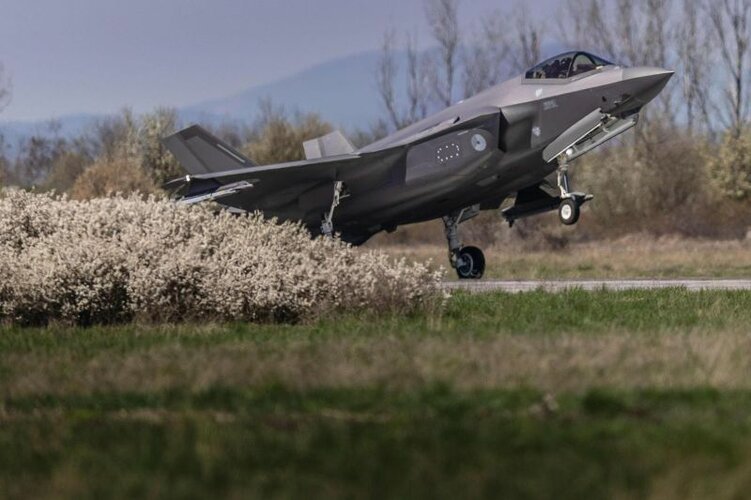Air Force Magazine: Let’s do a two-minute elevator speech on the five-year defense program. So we understand that we’re going to bring down the F-35s, we’re investing in NGAD, and we’re paying for nuclear, and so on. But some of that, … like the F-35, we can’t see, where does that go in Year 2, 3, 4, 5? … We’re not asking you to go line item by line item.
Nahom: Yeah, in general, the F-35 is gonna be a big one. Because, as you saw, the number is a little lower than it was last year.
Air Force Magazine: A lot lower.
Nahom: I will say, though, … we have not backed off our investment in the F-35. … When the F-35 was first brought on as a developmental program 20-plus years ago, there was a different threat. And as the threat has evolved, the systems that we need to put on the F-35 have evolved. And there’s a cost there. When you talk about getting to the next block of the F-35, and the systems we need for a peer fight, we are investing quite a bit of money on the F-35, and we intend to get not only that capability, but eventually get the capacity we need too. There are limits though.
Would we have bought more F-35s if we had more resources? Yes, absolutely.
The Chief has been very consistent, and going back to [former Chief of Staff Gen. David L. Goldfein] too, we’ve said we seek 72 new fighters a year. And what does 72 new fighters a year do? … Our fighter fleet age continues to rise. When you get to 70-plus fighters, we actually start taking the age down, and we start getting some of these older platforms [out].
I tell you, we never intended for some of these platforms to be in service this long. I mean, there’s no reason F-15Cs—and I grew up in the F-15C—there’s no reason we should still be flying it right now. We should have recapitalized those squadrons with new airframes by now. So we’ve got to get to the numbers.
Now, the threat says we’ve got to get to the [future] capability. In a perfect world, would I like the capability and a lot more F-35s—and [F-15]EXs? Absolutely. But, right now we’ve got to concentrate on making sure we get the F-35 we need. We continue the development, and then we buy as many as we can. And if we can get more, then there’s some goodness there.














